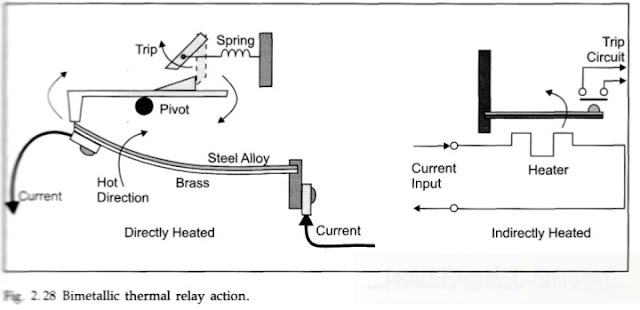The procedure are as follows:
1.. Remove battery charging plug close drain plug remove overlashing wire rope fitted check painter rope if fitted .
2.go inside and start one battery, before entering the lifeboat ensure that forward and aft hook release lever are pointing to the green safe position .
3. Three securing pin must take out two each on forward and aft on cradle stopper and one pin in break governor.
4.from outside just lift the brake Governor or deadman handle or holding brake or it can be done from inside the lifeboat also..
5.The boat along with cradle slides down till it comes to the embarkation deak
6. remove the gripe wire if fitted carryout pre-launch check
7.by pulling tricing pendant bring it alongside to the embarcation Deck
8. allow crew to enter the lifeboat and ensure all crew are starpped in.
9. now lower the lifeboat by the wire connected to the brake governor or from outside also it can be lowered lower the lifeboat until the keel is just above the water
10.instruct two crew one forward and one aft to remove the green handle locking pin from the hook.
11. lower the lifeboat by Coxwain release handle .on contact with water ensuring the lifeboat is totally waterborne remove the safety pin from Coxwain release handle assembly confirm via inspection window that the hydrostatic interlock unit has operated successful in moving the emergency interlock handle to the open position that is in red area, lift the cocks when release handle up against the reaction of the return spring until the spigot pins are clear of the side plates lot then pull the handle back to its fullest and not proceed to sail away .
emergency release on load release procedure.
in situation where the lifeboat is waterborne and the safety pins from the coxwain release handle assembly has been removed but the hydrostatic interlock unit has failed to move the emergency interlock handle into the open position or red area the following process your must be adopted the procedure is same for the onload release where the lifeboat is not waterbourne.
1. break the inspection window glass to gain access to the emergency interlock handle and push it upward and hold it in open position that is in red area.
2. lift the cockswain release handle up (against the reaction of the return spring) until the spigots pins are clear of the side plates slots then pull the handle back to its fullest extent .
12.release the painter release by release printer handle.
13. letting go 1. start engine 2.if in dangerous atmosphere open air supply in water spray valve 3. release painter when ready4. stay away from ship.
14. Final action 1. rescue any swimming survivor it safe to do so 2.when clear of vessels stream sea anchor 3. operate EPIRB and SART.
1.. Remove battery charging plug close drain plug remove overlashing wire rope fitted check painter rope if fitted .
2.go inside and start one battery, before entering the lifeboat ensure that forward and aft hook release lever are pointing to the green safe position .
3. Three securing pin must take out two each on forward and aft on cradle stopper and one pin in break governor.
4.from outside just lift the brake Governor or deadman handle or holding brake or it can be done from inside the lifeboat also..
5.The boat along with cradle slides down till it comes to the embarkation deak
6. remove the gripe wire if fitted carryout pre-launch check
7.by pulling tricing pendant bring it alongside to the embarcation Deck
8. allow crew to enter the lifeboat and ensure all crew are starpped in.
9. now lower the lifeboat by the wire connected to the brake governor or from outside also it can be lowered lower the lifeboat until the keel is just above the water
10.instruct two crew one forward and one aft to remove the green handle locking pin from the hook.
11. lower the lifeboat by Coxwain release handle .on contact with water ensuring the lifeboat is totally waterborne remove the safety pin from Coxwain release handle assembly confirm via inspection window that the hydrostatic interlock unit has operated successful in moving the emergency interlock handle to the open position that is in red area, lift the cocks when release handle up against the reaction of the return spring until the spigot pins are clear of the side plates lot then pull the handle back to its fullest and not proceed to sail away .
emergency release on load release procedure.
in situation where the lifeboat is waterborne and the safety pins from the coxwain release handle assembly has been removed but the hydrostatic interlock unit has failed to move the emergency interlock handle into the open position or red area the following process your must be adopted the procedure is same for the onload release where the lifeboat is not waterbourne.
1. break the inspection window glass to gain access to the emergency interlock handle and push it upward and hold it in open position that is in red area.
2. lift the cockswain release handle up (against the reaction of the return spring) until the spigots pins are clear of the side plates slots then pull the handle back to its fullest extent .
12.release the painter release by release printer handle.
13. letting go 1. start engine 2.if in dangerous atmosphere open air supply in water spray valve 3. release painter when ready4. stay away from ship.
14. Final action 1. rescue any swimming survivor it safe to do so 2.when clear of vessels stream sea anchor 3. operate EPIRB and SART.











